New Zealand River - photos
About
New Zealand has a great number of rivers because of high rainfall and snow in many parts of the country. The longest river is The Waikato at 425 km long and onroute is the famous Huka Falls.
The Whanganui, another prominent river in the North Island is the longest navigable river in the country. The South Island however has most of New Zealand's rivers.
Read more →
Fiordland National Park
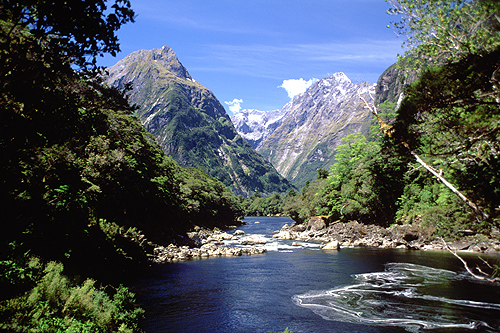
Waikato River
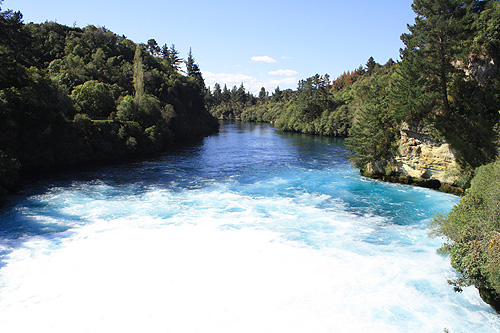
Mangawhero River
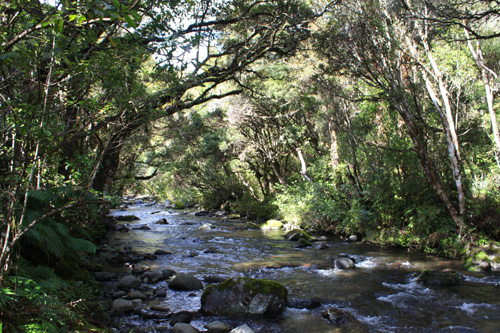
Hutt River
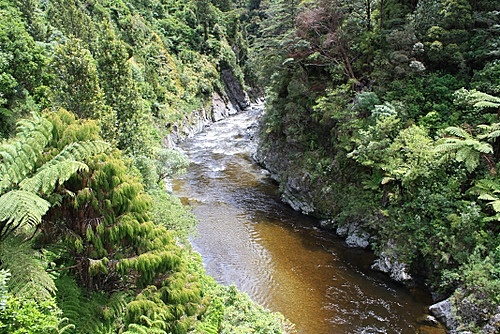
Wainuiomata River
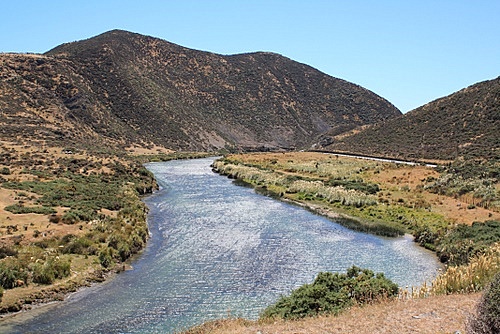
Southern Waiotauru River
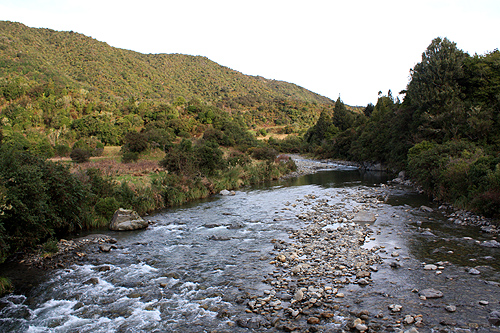
Wharekopae River
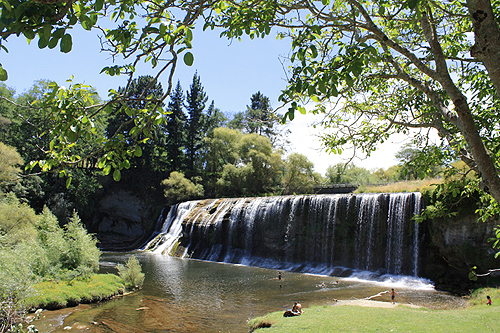
Pelorous River
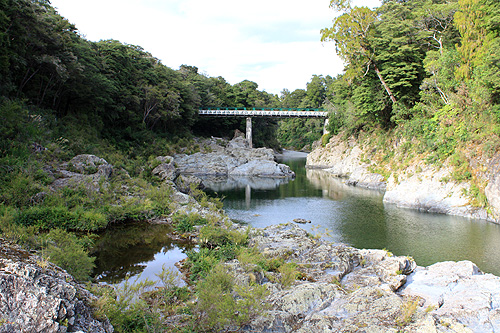
Pororari River
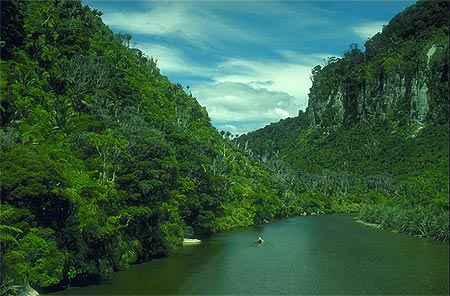
Whanganu River
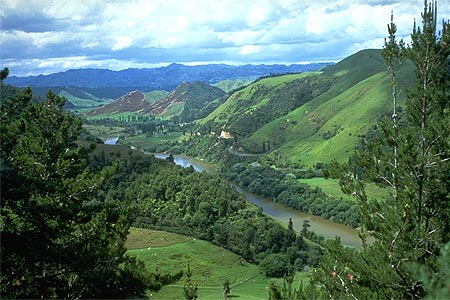
Taramakau River
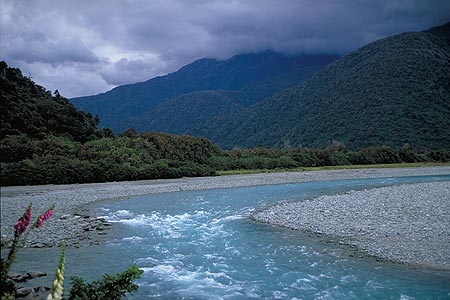
More New Zealand Rivers
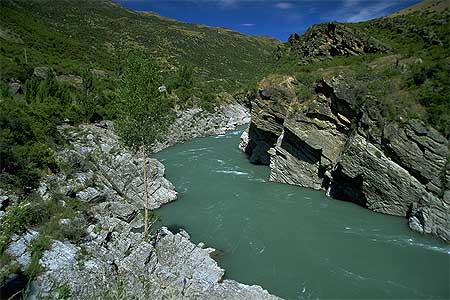
Many South Island rivers drain away the melted snow from the peaks of the Southern Alps, a chain of mountains that spans nearly the whole length of the island. These rrivers often have a strange light blue colour, due to the glaciated eroded particles of rock suspended in the water. These particles reflect sunlight and the result is a milky blue colour in the water. Other South Island rivers have a natural brown hue due to an organic substance present in native rainforests called tannins.
Fiordland National Park in the south-west corner of the South Island is a vast mountainous wilderness which has many swift rivers and thousands of waterfalls. The water here is reputedly the freshest in the world. In fact, rivers and waterfalls are so numerous here that fresh water accounts for up to the first 10 metres of water in the fiords with seawater below.
Te Waikoropupu Springs near Takaka in the South Island has a stunning 62 metres of horizontal visibility and nearby Blue Lake having up to 80 metres of visibility, making it the world's clearest fresh water in the world and second clearest water in the world after the sea-water under Antartica's ice shelf.
Author & photographer: David Johnson (Virtual New Zealand). Providing a credit or link is appreciated.
Our content: logos, site names, text, photos, and website design are protected by international copyright law.
Original versions of our photos can be purchased / licensed & web versions can be shared subject to conditions.
